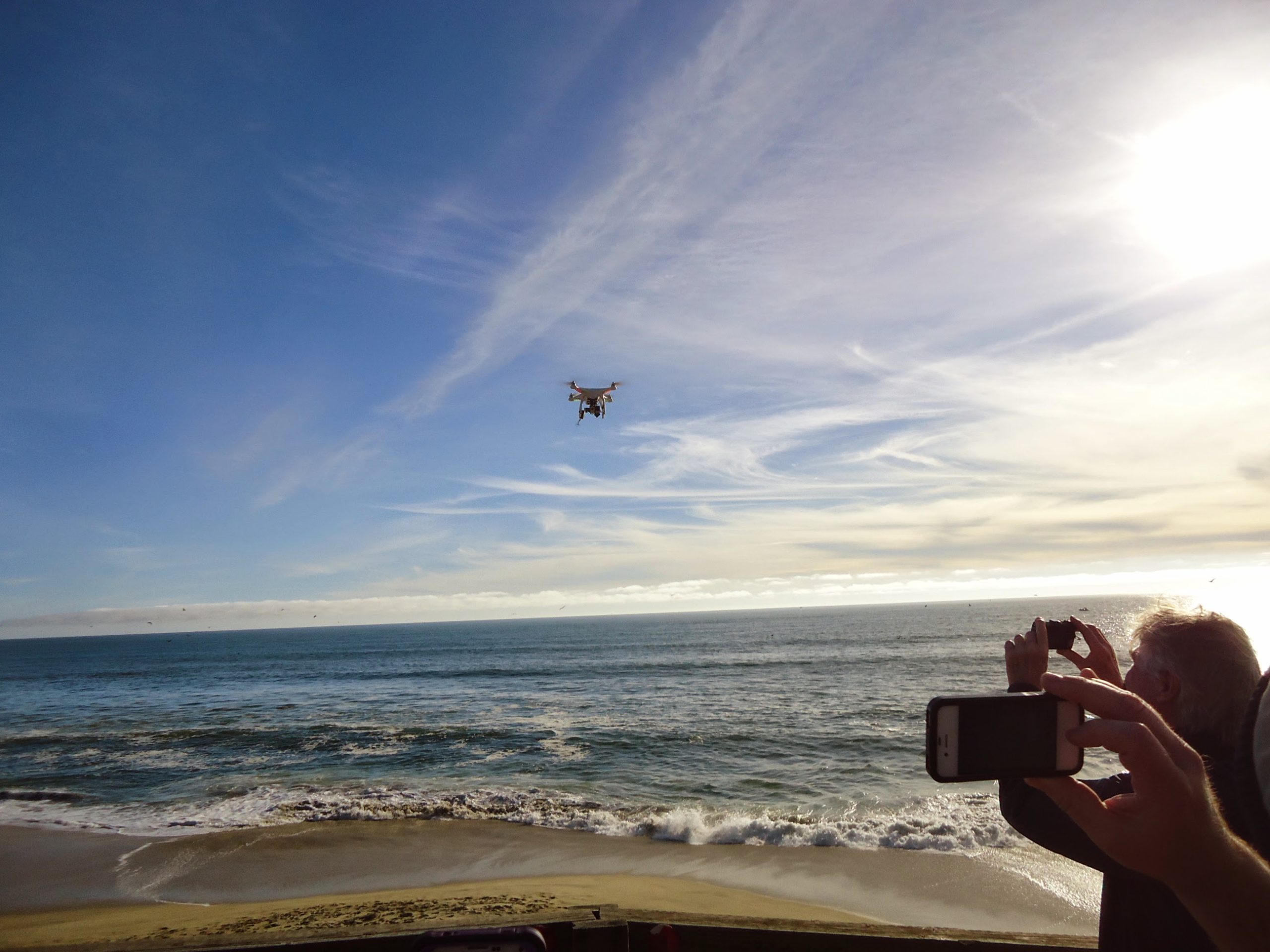
The U.S. Marine Corps is swiftly advancing its anti-drone capabilities, building upon a foundation of existing technologies to address the emerging challenges posed by unmanned systems in modern warfare.

In recent years, the Marine Corps has recognized the growing threat of unmanned aerial systems (UAS), which have seen extensive use in conflict zones around the world. This threat has prompted the Marines to develop and field a range of counter-UAS technologies aimed at protecting personnel and assets from these increasingly sophisticated and prevalent devices.

At the core of these efforts is the Program Executive Office Land Systems, which oversees the development of ground-based air defense systems among other portfolios.

The office has been working on integrating and fielding systems that can swiftly counter UAS threats. For instance, the Medium-Range Air Defense Radar, or MARAUDER, and the Multi-Domain Radar for a Contested Environment, or MuDRaCE, are being expedited to be operational within two years, leveraging existing prototypes.

The integration of anti-drone technology has been likened to “running fast with scissors,” according to Stephen Bowdren, head of the PEO Land Systems.

He highlighted the imminent operational assessment of the Medium-Range Intercept Capability and the completion of initial operational test and evaluation of versions of the Marine Air Defense Integrated System (MADIS), which are on track to be fielded within the next 12 to 18 months.

Adding to the counter-drone arsenal, the Light Marine Air Defense Integrated System (LMADIS), designed to counter smaller UAS threats, is already underway and expected to begin testing within the year. Furthermore, the “big brother” MADIS is anticipated to start initial operational testing soon, with aims to deploy it in the next fiscal year.

Addressing the evolving nature of UAS warfare, Brig. Gen. Stephen Lightfoot underscored the importance of staying ahead of the curve. “When you look at what’s going on in Ukraine and Russia and just the amount of small UAS first-person-view drones… the longer it takes us to get to it … we’re going to get farther and farther behind,” Lightfoot explained.

In tandem with defense against airborne drones, the Marines are also contemplating how to counter unmanned ground vehicles and unmanned surface vessels, potentially envisioning a broader counter-unmanned systems (counter-UxS) portfolio.

Another vital component of the Marine Corps’ modernization drive is the newly established “fusion center” at Quantico, Virginia.

This strategic initiative serves to unite various organizations involved in the Corps’ modernization efforts, facilitating the transition of capabilities from the science and technology phase through to fielding.

This center’s first focus is counter-drone capabilities, with a strong emphasis on streamlining the acquisition and integration process.

These advances come at a time when the Marine Corps is also experimenting with innovative methods of resupply in combat zones, such as the use of drones for “just-in-time” delivery of essential supplies like ammunition, water, and Meals-Ready-to-Eat, as demonstrated in the Tactical Resupply Unmanned Aircraft System (TRUAS) competition.

The Marine Corps is not only seeking to enhance its current capabilities but is also on the lookout for new technologies. A recent request for information indicated the service’s search for “interceptors,” projectiles capable of neutralizing incoming drones across a wide spectrum of sizes and capabilities.

As the nature of warfare evolves with the proliferation of small UAS and the advent of swarming drone tactics, the Marine Corps is determined to keep pace, innovating and adapting to ensure the effectiveness and safety of its forces in the face of these emerging threats.
Relevant articles:
– Radars and drone killers: Revamped Marine office hastens tech creation, Defense News
– Delivery drones carry dinner to Marines in battle, C4ISRNet
– New Marine Corps ‘fusion center’ to focus on counter-drone tech, DefenseScoop
– Marines looking for new counter-drone tech, FedScoop

